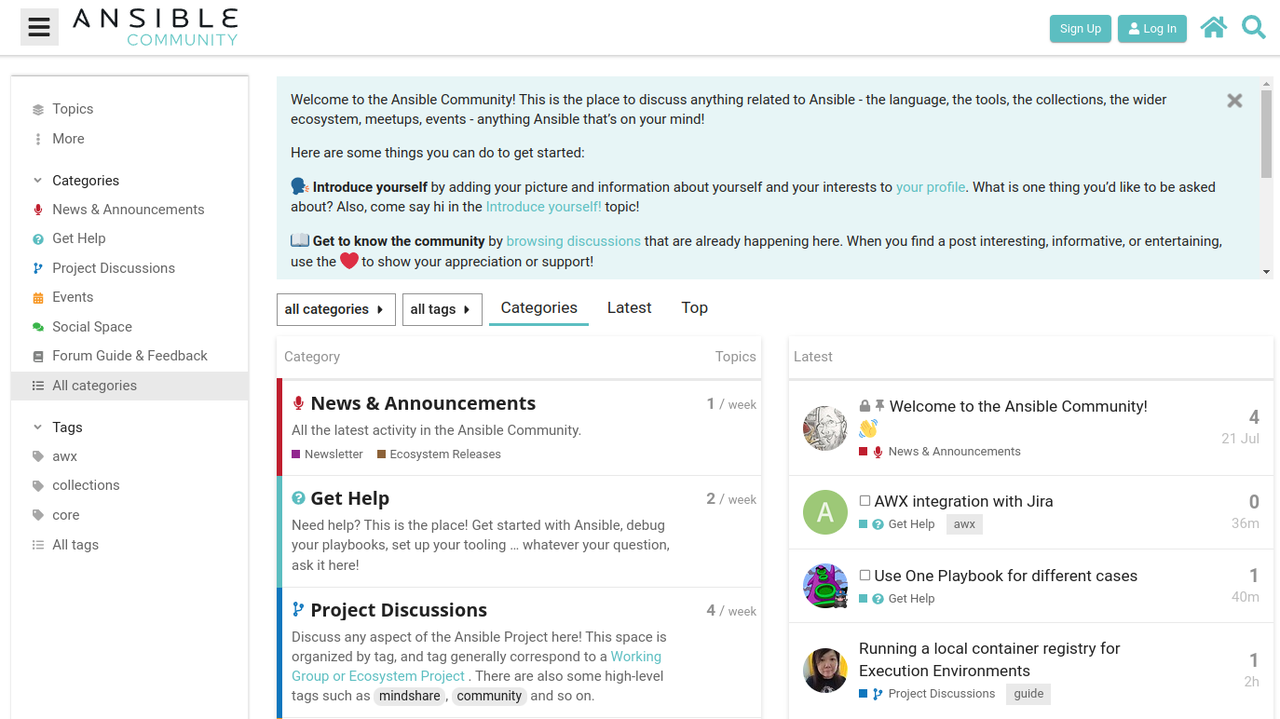DHCP Relaying Across a Firewall
Chinar Trivedi wanted to know what happens when you insert a firewall in the DHCP data path (original question.
TL&DR: Nothing much, but that does not mean you should.
Now for the details:
Chinar Trivedi wanted to know what happens when you insert a firewall in the DHCP data path (original question.
TL&DR: Nothing much, but that does not mean you should.
Now for the details:
Chinar Trivedi wanted to know what happens when you insert a firewall in the DHCP data path (original question.
TL&DR: Nothing much, but that does not mean you should.
Now for the details:
This week on Network Break we dig into Microsoft's post-mortem of an attack that led to the theft of emails from multiple US government agencies, discuss Huawei rolling out a new 7nm chip despite US trade restrictions meant to thwart advanced chipmaking, examine a Cisco and Nutanix team-up, and more tech news.
The post Network Break 446: Microsoft’s Series Of Unfortunate Events; Huawei’s 7nm Chip Gives US The Middle Finger appeared first on Packet Pushers.
The history of computing teaches us that software always and necessarily lags hardware, and unfortunately that lag can stretch for many years when it comes to wringing the best performance out of iron by tweaking algorithms. …
The post Optimizing AI Inference Is As Vital As Building AI Training Beasts first appeared on The Next Platform.
Optimizing AI Inference Is As Vital As Building AI Training Beasts was written by Timothy Prickett Morgan at The Next Platform.
Appropriately tagging resources on AWS is an important part of effectively managing infrastructure resources for many organizations. As such, an infrastructure as code (IaC) solution for AWS must have the ability to ensure that resources are always created with the appropriate tags. (Note that this is subtly different from a policy mechanism that prevents resources from being created without the appropriate tags.) In this post, I’ll show you a couple of ways to assign tags by default when creating AWS resources with Pulumi. Code examples are provided in Golang.
There are at least two ways (perhaps more) of handling this with Pulumi:
Each approach has its advantages and disadvantages, so there isn’t—in my opinion, at least—a definitive “best way” to doing this. The best way for you will depend on your specific circumstances.
In both cases, the solution involves modifying the configuration of the resource provider Pulumi uses to provision AWS resources. Pulumi supports the notion of both default providers and explicit providers. The former are created automatically and are configured via the stack configuration. (In fact, using stack configuration is currently the Continue reading
Today, we're delighted to announce the launch of the new Ansible Community Forum - a single starting point for questions and help, development discussions, events, and much more. Everyone is invited, whether you are an Ansible user, contributor or developer, we are all community! Register here to join us!
Screenshot of the forum's main page
For those who are familiar with forums, we hope you'll feel right at home. For those who may be new, please don't worry! We have a list of tips & tricks here, and you're always welcome to check the guides and post in the feedback section to help us shape our online community.
Forums are only successful if they are used. To make that happen, the Ansible Community Team is looking to make this the real home of the Ansible Community - a place for users to get help, to find an event or local meetup, and a jumping-off point for development and contribution discussions. That means we need you to come and participate! Tell us what you're up to, post your thoughts or your questions, sign up for an event or two.
The Ansible Community is global, Continue reading
The OSPF and ARP on Unnumbered IPv4 Interfaces triggered an interesting consideration: does ECMP work across parallel unnumbered links?
TL&DR: Yes, it works flawlessly on Arista EOS and Cisco IOS/XE. Feel free to test it out on any other device on which netlab supports unnumbered interfaces with OSPF.
The OSPF and ARP on Unnumbered IPv4 Interfaces triggered an interesting consideration: does ECMP with across parallel unnumbered links?
TL&DR: Yes, it works flawlessly on Arista EOS and Cisco IOS/XE. Feel free to test it out on any other device on which netlab supports unnumbered interfaces with OSPF.
Today, we're delighted to announce the launch of the new Ansible Community Forum - a single starting point for questions and help, development discussions, events, and much more. Everyone is invited, whether you are an Ansible user, contributor or developer, we are all community! Register here to join us!
Here is a screenshot of the forum's main page:

For those who are familiar with forums, we hope you'll feel right at home. For those who may be new, please don't worry! We have a list of tips & tricks here, and you're always welcome to check the guides and post in the feedback section to help us shape our online community.
Forums are only successful if they are used. To make that happen, the Ansible Community Team is looking to make this the real home of the Ansible Community - a place for users to get help, to find an event or local meetup, and a jumping-off point for development and contribution discussions. That means we need you to come and participate! Tell us what you're up to, post your thoughts or your questions, sign up for an Continue reading